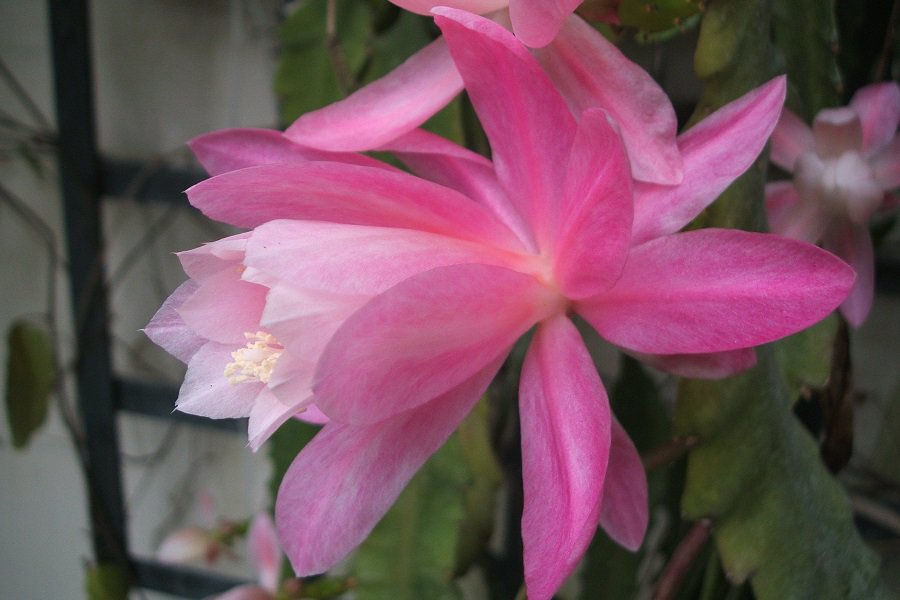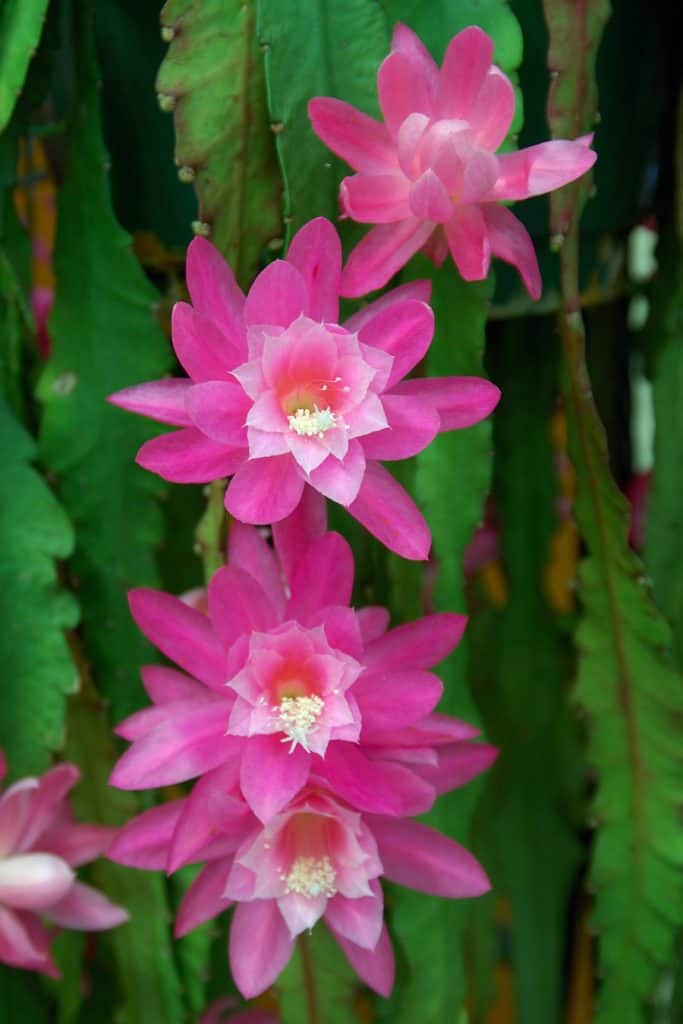Disocactus phyllanthoides: 5 Mistakes to Avoid (Number 3 Will Surprise You!)
Are you struggling to keep your Disocactus phyllanthoides alive and thriving? This exotic cactus may look intimidating, but with the right care, it can bloom gorgeous flowers twice a year! Avoid these 5 common mistakes, and you’ll be a Disocactus pro in no time (Number 3 is a doozy!)

Contents
About Disocactus phyllanthoides
First, let’s get to know this unique plant a bit better. The Disocactus phyllanthoides, also called the German Empress epiphyllum, is a succulent from the cactus family. It’s found naturally in many tropical parts of the world and makes an excellent houseplant. This cactus is famous for its thick, flat stems that sprout leaves and pretty pink or white flowers that turn into green and red fruits. Pretty neat, right?
Related Post:
16 Types of Disocactus With Pictures
Now, onto those 5 fatal mistakes you must avoid:
5 Care Mistakes to Avoid
1. Not Enough Sunlight
These cactuses absolutely love soaking up rays! During the summer, aim to give your Disocactus at least 6 hours of direct sunlight per day. Leaving it outdoors in the mornings and evenings is ideal, just bring it into some shade around noon. If you don’t get enough natural sunlight indoors, using a grow light is recommended, especially in winter. Position the grow light 6-12 inches from the plant for 12-16 hours per day to supplement the light it needs to thrive.

2. Over/Under Watering
Finding the perfect balance for watering can be tricky. During the growing season, thoroughly soak the soil until water runs out the drainage holes. Then let it fully dry out before watering again – this cactus hates sitting in moisture! In winter when it’s dormant, hardly any water is needed.
3. Using the Wrong Soil
This one’s a biggie! Disocactus phyllanthoides need a very specific type of soil to thrive. A well-draining, porous potting mix is essential. Go for one with 40-50% organic matter like peat or bark, plus some sand, perlite or small pebbles mixed in for extra airiness.
4. Forgetting Fertilizer
Your cactus needs food too! Here’s the proper way to feed it: Use a balanced liquid fertilizer every month in spring and summer when it’s actively growing. You can also try a special cactus fertilizer to encourage more flowers. But skip fertilizing completely in winter while it’s dormant.
5. Ignoring Pests
Left alone, pests like mealybugs and spider mites can quickly destroy your beloved plant. Keep a close eye out for white cottony masses, discolored or dropping stem segments, and quarantine any infested plants right away. An insecticidal soap or spray can usually take care of the problem.

By avoiding these 5 deadly mistakes, your Disocactus phyllanthoides will be blooming like crazy in no time!
How to Propagate Disocactus phyllanthoides
You can easily propagate and grow more Disocactus phyllanthoides from cuttings or seeds:
From Cuttings
- Snip off a 4-inch stem section
- Allow the cutting to callus over (dry out) for 2-3 weeks
- Plant the calloused cutting in a well-draining cactus/succulent soil
- Keep soil lightly moist and warm, around 72°F
- New plants should be ready to go in 2-3 months
From Seed
- Sow seeds in a seedling cacti/succulent mix
- Provide bright, filtered sunlight
- Keep soil surface moist until seeds sprout
- Once sprouted, allow soil to dry between waterings
- Transplant seedlings once they are a few inches tall
Following these simple steps, you’ll have plenty of new Disocactus phyllanthoides to share with friends and family! Propagating is an easy way to expand your collection.
